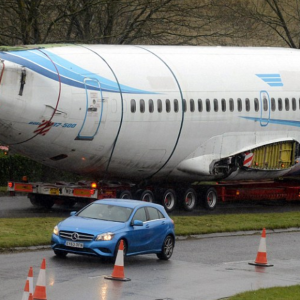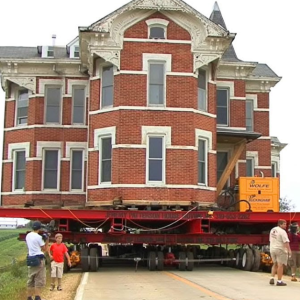Innovations in Construction: The Role of Advanced Machinery and Equipment

The construction industry has always been at the forefront of adopting new technologies to enhance efficiency and safety. One of the most significant advancements in recent years is the development and deployment of advanced machinery and equipment. These innovations have revolutionized the way construction projects are executed, making tasks that once required extensive manual labor both faster and more precise. This article delves into the various types of machinery that are instrumental in modern construction and how they facilitate various construction processes.
Key Machinery in Modern Construction
Excavators
Excavators are essential for tasks involving digging and moving large amounts of earth. These versatile machines are equipped with a boom, stick, bucket, and cab, all mounted on a rotating platform. Excavators are used for a variety of tasks, including trenching, foundation digging, and material handling. Their ability to rotate 360 degrees allows for greater flexibility on the job site.
Bulldozers
Bulldozers are powerful machines equipped with a large metal plate (blade) used to push substantial quantities of soil, sand, rubble, or other materials during construction or demolition work. The tracks provide excellent ground hold and mobility through rough terrain. Bulldozers are indispensable for clearing sites, grading, and even assisting in road construction.
Cranes
Cranes play a pivotal role in lifting and moving heavy materials vertically and horizontally. They come in various types, including tower cranes, mobile cranes, and telescopic cranes, each suited for specific tasks. Tower cranes are a common sight on large construction sites, especially for building skyscrapers. Mobile cranes offer the advantage of mobility and are ideal for smaller projects or sites with space constraints. 
Concrete Mixers
Concrete mixers are vital for ensuring the right consistency and mixture of concrete, which is crucial for the structural integrity of buildings. These machines mix cement, aggregate, and water to form concrete. There are different types of concrete mixers, including drum mixers and transit mixers, each designed for specific types and scales of projects.
Loaders
Loaders are used to move aside or load materials such as asphalt, demolition debris, dirt, snow, feed, gravel, logs, raw minerals, recycled material, rock, sand, and woodchips. There are different types of loaders, including front-loaders, backhoe loaders, and skid-steer loaders, each serving unique functions on the construction site.
The Impact of Advanced Machinery on Construction
The introduction of advanced machinery has significantly improved productivity and safety in construction. These machines reduce the need for manual labor, thereby decreasing the risk of injuries and increasing the speed of project completion. Additionally, they enhance precision in tasks such as excavation, material handling, and concrete mixing, leading to higher quality outcomes.
Moreover, modern construction machinery often incorporates advanced technologies like GPS, machine control systems, and telematics, which further boost efficiency and accuracy. GPS technology, for example, enables precise location tracking and site surveying, while telematics provides real-time data on machine performance and maintenance needs, helping to minimize downtime. 
Conclusion
Advanced machinery and equipment have become indispensable in the construction industry. They not only enhance the efficiency and safety of construction projects but also enable the execution of complex tasks with higher precision. As technology continues to evolve, we can expect further innovations that will push the boundaries of what is possible in construction, leading to even more efficient and safer work environments.
The construction industry must continue to embrace these advancements to stay competitive and meet the growing demands for infrastructure and development. The future of construction is undoubtedly intertwined with the continuous evolution of machinery and technology.





